Rhinoplasty
Your complete guide and quick links to everything you need to know about Rhinoplasty in Sydney!
What is a Rhinoplasty?
Rhinoplasty, commonly called a ‘Nose Job’, is a popular surgical procedure to permanently reshape, repair or reconstruct the nose.
The aim of Rhinoplasty surgery is not only to create a nose that is aesthetic in appearance, but also one that functions normally in terms of an adequate nasal airway.
Although some patients seek non-surgical nose jobs to correct various nasal shape deformities by injecting a filler, there are definite limitations as to what can be achieved non-surgically.
The advantages of a Surgical Rhinoplasty over a Non-Surgical ‘Nose Job’ are essentially:
- The surgery can be customised to exactly what needs to be done and how you want your nose to look.
- The correction is permanent. Fillers need to be repeated every 4-6 months, with the cost of repeat treatments adding up over time.
- It is not just cosmetic: Rhinoplasty surgery can also improve a poor nasal airway at the same time.
- Surgical Rhinoplasty can correct all nasal deformities whereas fillers cannot.
- Surgical Rhinoplasty can reduce the size of a large nose, but fillers can only add volume, not reduce it.
Nasal Deformities Correctable By Rhinoplasty
Using modern techniques, a well-performed Rhinoplasty can:
- Alter the size and shape of the nose.
- Change the appearance and the width of the tip.
- Correct nasal septum deviations.
If Rhinoplasty is performed in conjunction with correcting a bent nasal septum to produce a better functioning nasal airway, the procedure is then called a Septo-Rhinoplasty.
Rhinoplasty for very severe deformities may require more than one operation with lengthy periods of healing between procedures.
Rhinoplasty in Teenagers
Many teenagers consult Specialist Surgeons with concerns over the shape or size of their nose.
However, Rhinoplasty surgery in teenagers should be deferred until an adult nose has fully developed. In girls, the growth of the nose is mostly complete at 15 years, in boys about 17.
Most surgeons will not recommend a Rhinoplasty before the nose has fully grown, the reasons being:
- If performed at too young an age, regrowth and deformity can occur; and
- If the nasal septum is operated on, the nose may not grow properly.
Physical considerations aside, it must also be remembered that a teenager may not have the maturity to make major decisions regarding aesthetic surgery, and for this reason it is important for parents to be involved in the decision making.
What is the Difference Between Open & Closed Rhinoplasty?
The two basic types of Rhinoplasty Surgery are:
- Open Rhinoplasty: In the Open Technique, the Surgeon makes a small incision at the base of the columella between the nostrils and the upper lip. This incision is continuous with small incisions within the rim of the nostrils. This allows the skin to be elevated and entirely separated from the underlying nasal cartilages that determine the structure of the nose.
The Open Technique is used by most Rhinoplasty Specialists because it gives the Surgeon full vision of the nasal structures. This allows for more accurate reconstruction of the nose, including tip position and size. It also offers considerable advantages in maintaining nasal function.
- Closed Rhinoplasty: During Closed Rhinoplasty, the Surgeon makes incisions within the nose to elevate the skin off the underlying nasal bone and cartilage. This allows the lining of the septum to be cut and lifted. The septum and cartilages can then be altered, and the skin re-draped to adapt to the new shape.
The Closed Technique may be preferred when the proposed structural changes are minimal, and function will not be compromised. With its limited surgical access, altering the shape and position of the tip cartilages can prove difficult. For these reason, Closed Rhinoplasty may not be the recommended technique for some.
Cartilage Grafts may need to be added to either technique if the patient does not have sufficient cartilage in the nasal septum to reshape the nose and reinforce the new nasal structure. In such events, the surgeon may have to obtain cartilage grafts from other areas such as a rib or ear.
How Is Rhinoplasty Done?
Rhinoplasty can be performed either as a day procedure or as an overnight stay in hospital. Your surgeon will advise accordingly.
If you are having it as a Day Procedure, you should be ready to return home after a few hours. However, you cannot go home alone. You must be accompanied by a responsible adult who can be with you for the first 24 hours.
If staying overnight, you will be transferred to a hospital ward and be able to return home the next day after our surgeon checks you.
Recovery After Rhinoplasty
- Swelling and Bruising: Your face may feel puffy. Your nose and the area around your eyes will be swollen and bruised. Rest in bed with your head elevated in the first 24 hours to help these appearances settle. The swelling and bruising will likely increase in the first 2-3 days before it starts to settle. Although much of the bruising and swelling will have settled by 10 days, you should allow at least 2 weeks to recover before resuming work and social activities. Just be mindful that healing can be a slow and gradual process, and some mild swelling may persist for several months before it finally disappears.
- Bleeding: It is common to have some spotting of blood from the nose in the first few days after surgery. However, any heavier bleeding is not normal and should be reported to your surgeon.
- Breathing: Breathing through your nose may be difficult for several days. It will progressively improve as the bruising and swelling subside. Some nasal stuffiness may persist for several weeks.
- Splints, Packing & Sutures: Any soft splints or packing in the nose are usually removed shortly after surgery. An external splint is usually removed after 1-2 weeks. Stitches inside the nose are usually dissolvable and do not require removal. Any external skin stitches are usually removed after 4-7 days.
- Skin Numbness: The skin of the nose may feel numb, especially the tip. Sensation usually returns gradually over the ensuing year.
- Resuming Activities: In the first 2-3 weeks, avoid activities that raise blood pressure such as exercises and non-contact sports. Also avoid any activities that could result in a direct injury to your nose, or your nose being sunburnt, for at least 8 weeks after your surgery.
‘Pros & Cons’ of Rhinoplasty
The Pros:
- The only way to permanently correct a nasal deformity.
- Surgery can correct all nasal deformities whereas non-surgical treatments cannot.
- A Rhinoplasty can be customised to exactly what your nose needs and how you want it to look.
- Any nasal airway obstruction can be corrected at the same time.
- If indicated, reshaping of the chin can be performed at the same time for an improved facial profile.
The Cons:
- Rhinoplasty is not minor surgery, most cases take at least 2 hours to do.
You will need at least 2 weeks to recover before resuming work and social activities. - Exercising and non-contact sports should be avoided in the first 2-3 weeks.
- Contact sports, activities that could involve a risk of direct injury to the nose or the nose getting sunburnt, must be avoided in the first 8 weeks.
Potential Risks & Complications of Rhinoplasty
Surgery and anaesthesia nowadays are considered generally safe, but both have potential risks and complications which include:
Specific to Rhinoplasty
- Numbness of the nose or change in feeling that continues after the swelling has gone down.
- Asymmetry of the nose.
- Rarely, reduced sense of smell or loss of smell.
- Persistent visible swelling.
- Loss of structural support causing the nasal airway to collapse during breathing and needing further surgery.
- Perforation of the nasal septum.
- Nasal airway obstruction because of over-altering the cartilage when decreasing the size of the nasal passages.
- Extrusion of an implant through the skin.
- Reddening of the nasal skin requiring vascular laser treatments.
- Persistent pain during recovery requiring prescription pain-relievers.
- Repeat surgery: around 10% of patients require a 2nd procedure to further improve their result.
General Surgical Risks
- Wound infection.
- Pain and discomfort around the incisions and operative site.
- Hematoma (an accumulation of blood around the surgical site) that could require drainage.
- Heavy bleeding from the incisions.
- Pigmented, raised, or keloid scars requiring additional treatments.
- Slow or poor healing – more of a risk in smokers and diabetics.
- Separation of the wound edges.
- Allergic reactions to medications, sutures, dressings, or antiseptic solutions.
- Deep Venous Thrombosis (DVT) and its potential to cause life-threatening Pulmonary Embolism.
- Adverse Reactions to Anaesthesia or Medication: The safety of anaesthesia nowadays in Australia is well established. Nevertheless, potential risks exist with all forms of anaesthesia and unexpected reactions can occur. These may include nausea, vomiting, and allergic reactions ranging from minor to severe. Respiratory failure, heart failure, heart attack and stroke are rare but documented risks of any general anaesthesia.
Watch Our ‘Nose Reshaping’ Animation Video
Rhinoplasty ‘Before & After’
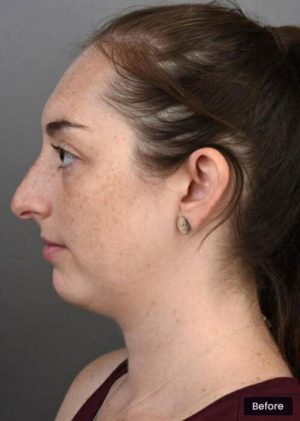
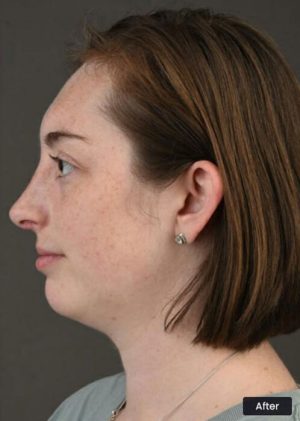
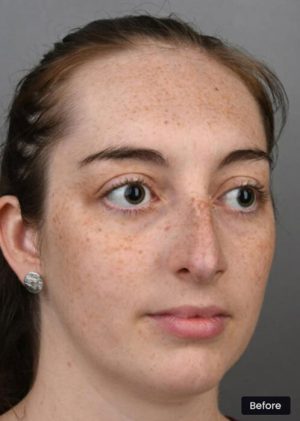
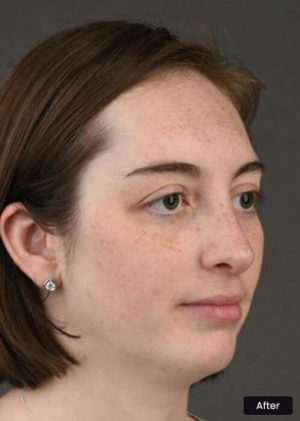
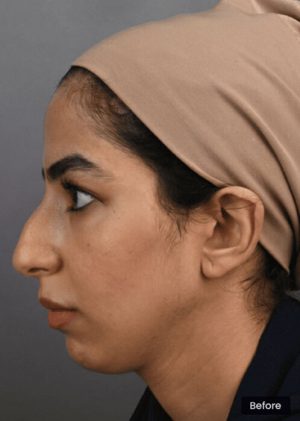
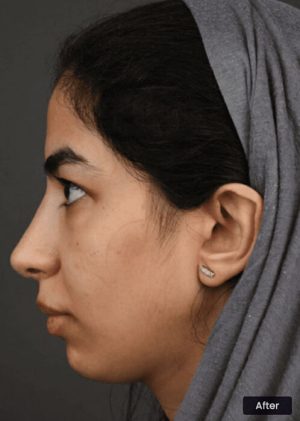
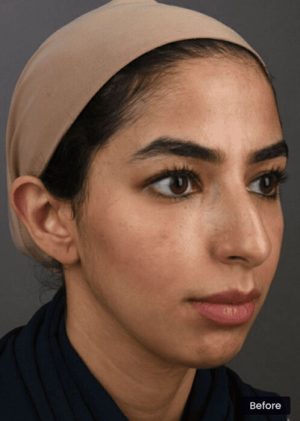
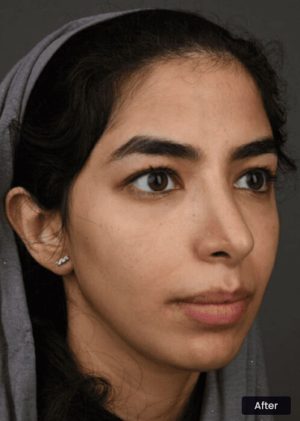
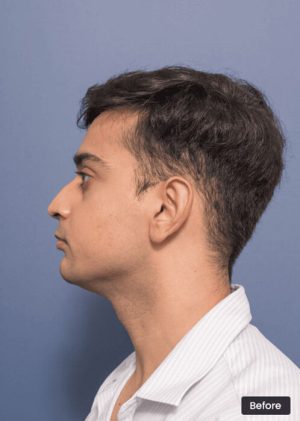
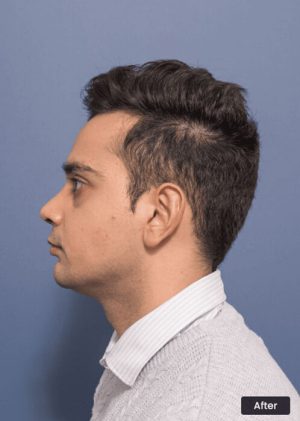
(Dr Adam Honeybrook)
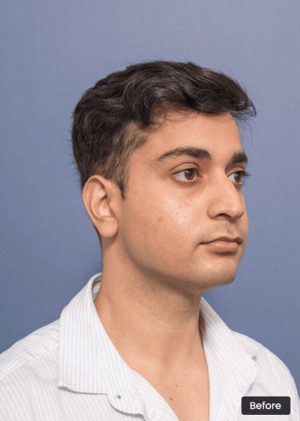
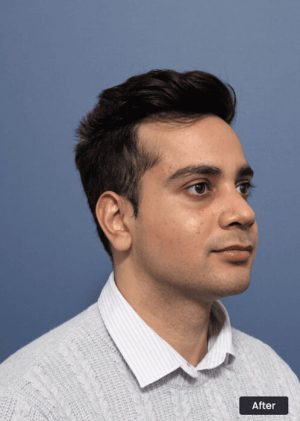
(Dr Adam Honeybrook)
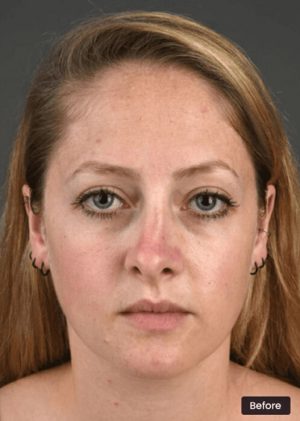
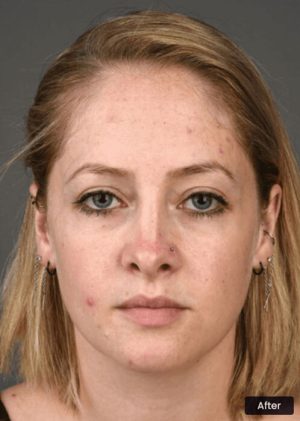
(Dr Adam Honeybrook)
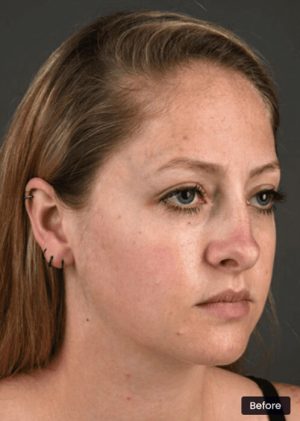
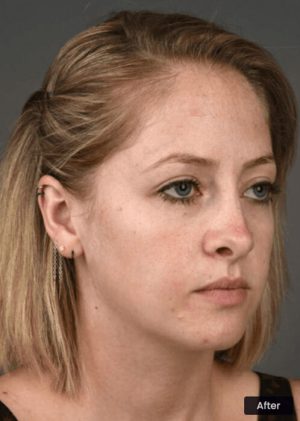
(Dr Adam Honeybrook)
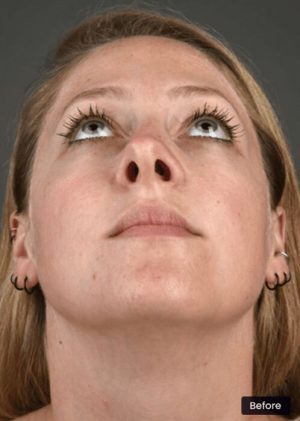
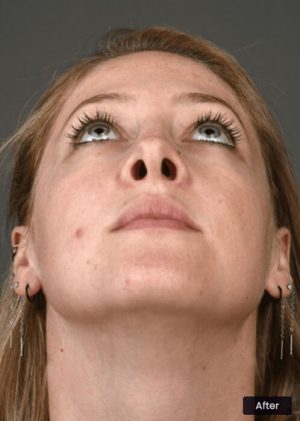
(Dr Adam Honeybrook)
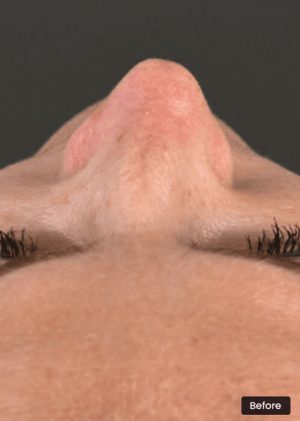
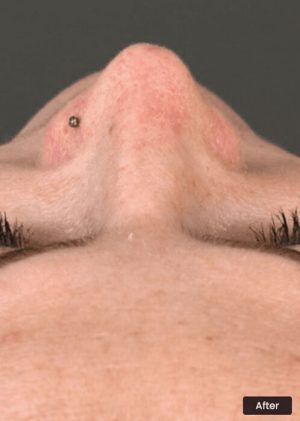
(Dr Adam Honeybrook)
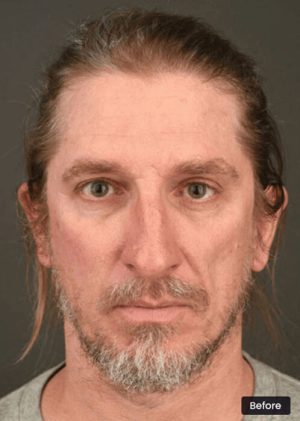
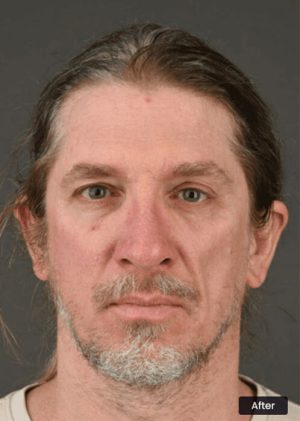
(Dr Adam Honeybrook)
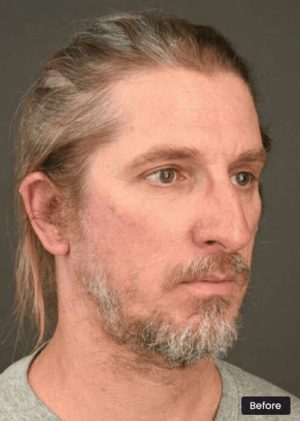
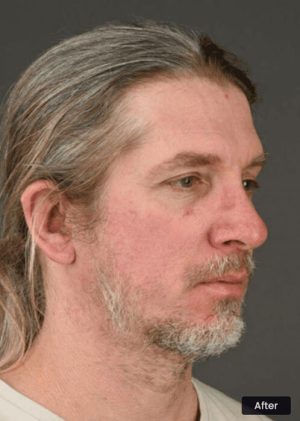
(Dr Adam Honeybrook)
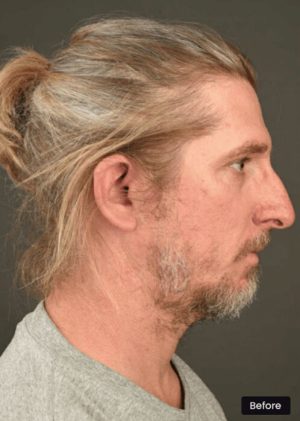
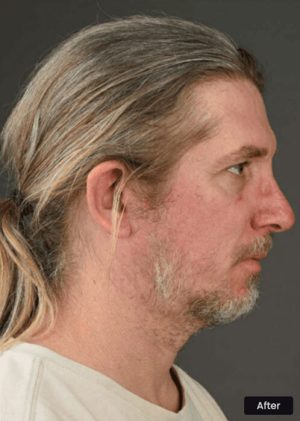
(Dr Adam Honeybrook)
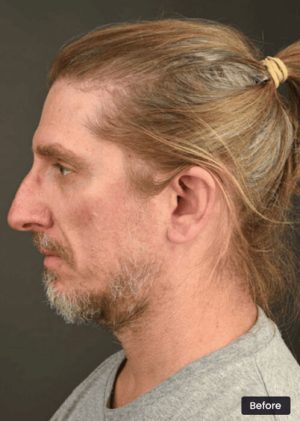
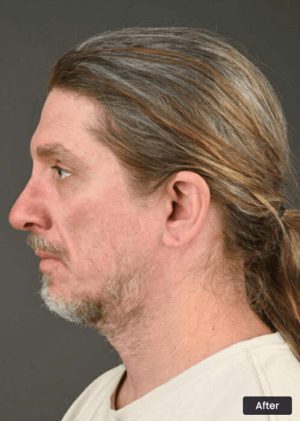
(Dr Adam Honeybrook)
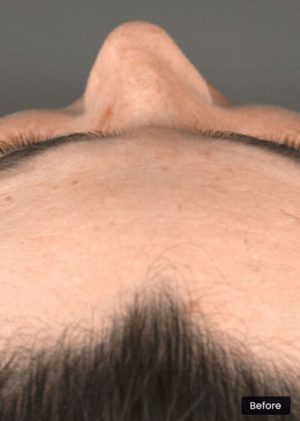
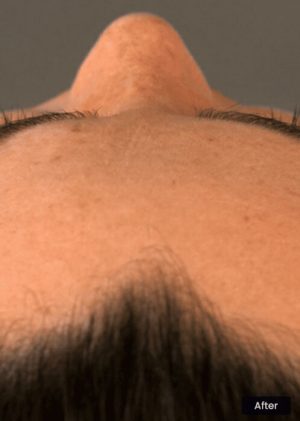
(Dr Adam Honeybrook)
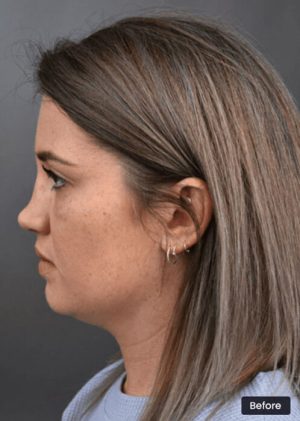
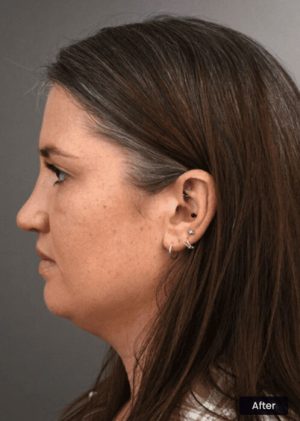
(Dr Adam Honeybrook)
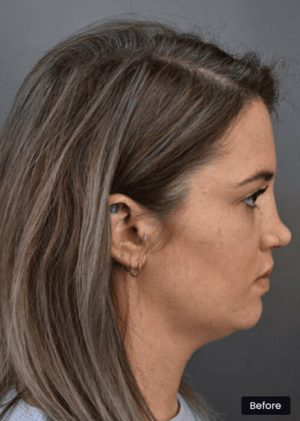
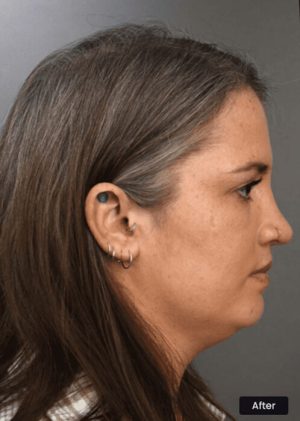
(Dr Adam Honeybrook)
The Cost of Rhinoplasty in Sydney

-
Rhinoplasty
The total cost of a Nose Job (Rhinoplasty) in Sydney is made up of the following individual costs
- Surgical Fee: From $10,200
- Hospital Fee: Hospitals differ in their hourly rates for Operating Theatres. Our Specialist Surgeon will advise you of the expected Theatre Fees once it has been determined which hospital you will be attending and how long your procedure will take. If you are staying overnight, there will also be an additional accommodation charge.
- Anaesthetist Fee: This will basically depend on the duration of the surgery. Anaesthetic Fees are generally around $880/hour.
